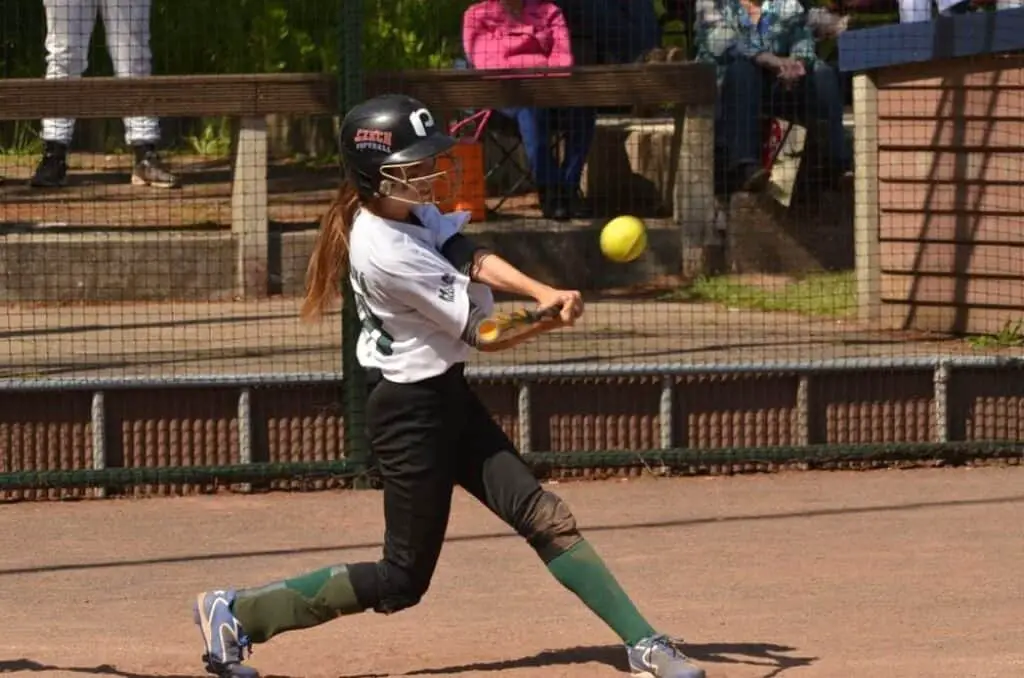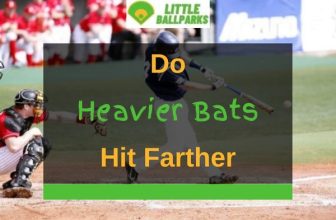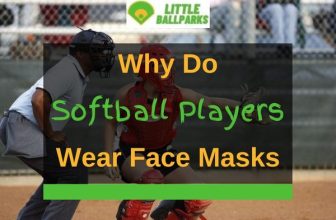What Is The Strike Zone In Softball? (Answered!)
For a softball game to have a good flow and for the battle between pitchers and batters to be exciting, a consistent strike zone is of the essence.
Understanding the dimensions of the strike zone and what area it covers is beneficial to everyone on the field as well as fans.
It helps batters decide what pitches to swing at, provides pitchers with a clear target when throwing their pitches, and is essential when umpires call strikes or balls.
It’s practically impossible to play or enjoy the game without a full grasp of the meaning of the strike zone.
This may sound like common knowledge to many, but a lot of new or more casual fans struggle to understand the strike zone concept, what it means, and how it influences the game.
To make things clearer, I’ll explain below what is the strike zone in softball and, more importantly, where it is.
Table of Contents
What Is The Strike Zone In Softball?
In softball, similar to baseball, the strike zone is the area or volume of space above the home plate where a pitch must pass to be called a strike or even to be a valid pitch.
Each pitch is judged on whether it’s a ball or strike as it crosses above the home plate in a flight. For a pitch to be valid, it’s enough that any part of the ball passes through the strike zone.
This means that the top of the ball must “touch” (be on or within) the horizontal plane of the strike zone.
A similar rule stands for either side of the ball and the vertical plane. Some believe that the ball is judged only as it passes the front of the home plate.
However, the strike zone is actually the entire area above the home plate, not just the rectangle at the front.
What is the Height of the Strike Zone?
The area of the strike zone is defined by the rules of the game, although the precise dimensions vary depending on the batter.
The NCAA rulebook defines the strike zone as the area above the home plate between the top of the hitter’s knees and the bottom of their sternum.
It’s important to note that these dimensions presume the batter’s natural batting stance. So, the strike zone is defined only when the batter is positioned over the home plate.
So, the top of the ball must be at or below the sternum and at or above at least one knee.
In some other leagues, such as those governed by NFHS, USA, and USSSA, the strike zone is more or less the same, with one tiny difference.
In their rulebooks, the top of the strike zone is at the batter’s armpits which are obviously at a similar height to the sternum.
What is the Width of the Strike Zone?
The width of a strike zone is a bit easier to understand as it’s fixed and tied to the width of the home plate.
So, it will always be the same, regardless of the batter.
This means that the horizontal plane of the strike zone implies 17 inches of the home plate.
However, it also includes the outer edge of the ball, because the ball only has to graze the strike zone to be called a strike.
As the diameter of the regulation softball is 3.82 inches, simple math tells us that the overall width of a strike zone for which the strike will be called is 24.64 inches.
What’s the Purpose of the Strike Zone in Softball?

I’ve already explained that the strike zone serves to determine which pitches are valid and can be called a strike.
Without the strike zone rule, pitchers would be at a significant advantage over the batters on every pitch.
They could basically throw the ball wherever they want, leaving the batter without a chance of even connecting with the ball, let alone making a good hit.
The strike zone evens the playing field, ensuring that batters have a fair chance of hitting the ball.
Does the Strike Zone in Softball Change with Every Batter?
As mentioned above, the dimensions of the strike zone are determined relative to the batter, or, to be more precise, to their sternum and knees.
Plus, it’s defined when the batter is in a natural batting stance. Of course, not every batter will have the same stance.
Some players will bend their knees more, some will have one knee closer to the ground, and some may lean backward or forward more.
This means that the way the batter stands as they wait for the pitch will impact the size of the strike zone.
It’s important to remember that the relevant batting stance is the one the batter assumes as they prepare for the imminent pitch.
The stance when the batter is already swinging is not relevant for this matter.
The very word “stance” is defined in the rules as the body and feet position in which the athlete starts.
Does the Batter’s Height Influence the Size of the Strike Zone?
Similar to the batter’s stance, their height will also have an impact on how big the strike zone is.
Obviously, the taller player will have a bigger distance between their sternum and knees and thus have a larger strike zone.
The reverse is true for the shorter players.
At first, this may seem unfair towards the taller batters, but it actually y gives everyone the same chance to hit the ball.
If the strike zone had the same dimension for everyone, then the short players would struggle way more to connect with the softball.
This also affects the pitchers.
Different sizes of the strike zone mean that they have to be able to throw equally good pitches to batters of different heights.
Pitchers who have mastered this have much better chances of striking out every batter.
What is the Strike Zone in Slow Pitch Softball?
The strike zone rules I wrote about above are the rules for fast pitch softball. The strike zone is rather similar in the slow pitch variant of the game, with a few minor differences.
To be called a strike, the ball must pass above the home plate not between the batter’s sternum and knees, but between their front shoulder and back knee.
This difference is due to different pitch trajectories in the slow pitch, as here the ball is traveling downwards through the strike zone.
Also, if a pitch hits any part of the plate while descending to the ground, it will be called a ball.
Conclusion
The strike zone rules in softball are rather straightforward and every aspect is codified in the rulebook.
However, at actual games, things tend to get a bit more complicated.
As the size of the strike zone can change depending on the batter’s height or batting stance and the home plate umpires may sometimes have a hard time visualizing the proper strike zone.
The same goes for pitchers, who have to adjust their pitches for every specific batter.
As for batters, they also have to develop an awareness of their own strike zone and adjust their game accordingly.
All this may seem somewhat overwhelming, but strike zone calls are what every game revolves around, so understanding them is key to your enjoyment while watching.




